How to Make Money Blogging: A Simple (But Complete) Guide
But before that, here’s my story. I started blogging in 2012 (when “Blogspot” was a thing). Over the years, I’ve started and run multiple blogs. While a few have been successful, a lot of them failed. However, blogging has...

Making money via blogging is real. Whether you’ve just started a blog or have been running one for a while, implementing tried and tested tips can greatly help you increase your blogging income. And that’s what you came here for. But before that, here’s my story. I started blogging in 2012 (when “Blogspot” was a thing). Over the years, I’ve started and run multiple blogs. While a few have been successful, a lot of them failed. However, blogging has changed my life completely. It has helped me generate side income, get freelance writing opportunities like this one from Ahrefs, job offers, and more. And I’m super excited to share everything with you in this guide, which I’ve divided into two parts. Let’s dive into the first. Many people who start blogging believe they need huge amounts of traffic to earn a decent income. However, that’s not true. High traffic doesn’t necessarily translate to higher income. No matter what niche you’re in, focusing on driving traffic that you can monetize is critical. You can do this in four steps. Today, people blog about everything, including knitting. But not all niches are profitable. For example, niches like making money online, finance, and health are more profitable than gardening and outdoor sports. However, it’s also a fact that the most profitable niches are often the most competitive, and choosing them may lower the chances of your success. Hence, the first step before starting a blog is to check if the niche is profitable and how competitive it is. One quick way to determine if a niche is profitable is by checking the number of affiliate programs in it. You can do this via a quick search on Google. Try searching for niche + affiliate programs, e.g., “knitting affiliate programs.” You can also check the top blogs in the niche and see if they’re: And more. Choosing a less competitive niche has multiple advantages. For example, it can help you attract organic traffic faster. Here’s how to do it. 1. Look up the topics you want to write about on Ahrefs’ Content Explorer. 2. Switch to the “Websites” tab to see the top 100 websites that cover the topic. 3. Click through to the Organic Keywords report (in Ahrefs’ Site Explorer) from the caret next to the domain name in Content Explorer. 4. Check the Keyword Difficulty (KD) score, Cost Per Click (CPC), and traffic for each of the top 50–100 non-branded keywords. If you’re still confused about which niche to pick, we recently covered the six best niches for affiliate marketing that are both profitable and uncompetitive. More than the profitability and competition of the niche, your passion for the niche plays a huge role in the success of your blog. When you’re passionate about something, you can write effortlessly for a long period of time without worrying about traffic and revenue. It also gives you a competitive edge, as the published articles will be unique and impactful (because they will contain your personal experience). To summarize, you should choose a niche that: Developing great content takes a lot of time. So even if you’ve chosen the perfect niche, it will take a long time for you to build an audience that you can monetize to generate blogging income. Hence, compared to something, e.g., freelance writing, where you earn money after every article you write, a blog requires a lot of consistent hard work and time. This is why having the right mindset is critical. Here’s my advice to anyone looking to start a blog: Whether you’re promoting an affiliate product or an ebook, readers will be much more likely to convert when they trust you. Building credibility may seem more important in a few niches (e.g., health and fitness). But if you’re serious about growing your blogging income, you should focus on credibility too. Also, building trust among your readers takes time. However, you can get started by: Email is not just another distribution channel. Email subscribers are your true fans. And whether you want to promote a blog, launch a new course, or plug an ebook, there’s no better way to launch and drive traffic than by sharing the content with your email subscribers. You can get started on building an email list by adding a blog subscription box in the sidebar or promoting an email newsletter. A few other popular ways of building an email list are by: Before getting into the different monetization ways, here are some things you should keep in mind before leveraging them: That being said, here are the six main ways to make money blogging: Let’s look into each of these in more detail. Let’s start with the most popular monetization method: advertising. Most bloggers start their journey by leveraging ad networks—the most popular being Google AdSense—to generate income. Most advertising platforms pay a fee for every thousand impressions, also known as CPM (cost per mille). This depends on various factors like the user’s location, type of ad, and the advertiser. For example, impressions from geographies like the U.S. and U.K. will earn you a higher advertising income compared to impressions from Asia. A few popular advertisement platforms are Google AdSense, Media.net, and PropellerAds. Search Engine Journal is a popular blog in the SEO niche that leverages advertisements as a monetization channel. Since the majority of its content is about marketing and SEO news, advertisements make a lot of sense for the blog. Affiliate marketing is the most effective monetization method bloggers can leverage to generate income. Unlike advertisements where you get a few dollars per thousand impressions, affiliate programs pay you up to 90% of the total sales generated through your referral link. From Amazon to GoDaddy, many companies have affiliate programs. And joining most of them is fairly simple. When you join any affiliate program, you’re given a unique referral link. Any sale generated through this link is attributed to you for a certain period of time (usually one to two months). Companies pay a percentage of the total sales generated from your link in the form of affiliate revenue. This is usually a fixed percentage that can increase upon negotiation or when you’ve successfully reached a certain milestone. For example, if you run a blog about gardening, you can recommend gardening equipment by sharing Amazon affiliate links. Recommended reading: Affiliate Marketing for Beginners: What It Is + How to Succeed While joining an affiliate program and promoting a certain product are fairly simple, here are a few additional best practices that you should know: A few popular affiliate platforms are Amazon Affiliate Program, ShareASale, and ClickBank. Ryan Robinson runs RyRob.com, a popular blog in the “make money online” niche. Affiliate marketing is one of the primary ways he earns revenue through his blog. Most of the sales are generated through reviews of blogging tools and web hosting companies. You can read one of his latest blog income reports to gain more insights. If you’ve been blogging for a while, you may have already received inquiries for sponsorships. This may be in the form of sponsored articles, newsletter sponsorships, advertisement banners, and more. Sponsorships are a great way bloggers can earn money. However, finding a sponsor is difficult, especially when you’re just starting out. To get sponsors consistently, you need to build a strong brand and have good traffic and engagement numbers to show. Most bloggers are paid a one-time fee for publishing a sponsored article or for a newsletter placement (as shown in the example below). The fee is often based on the reach the blog/newsletter can provide. For newsletter sponsorships, for example, sponsors look at relevancy and metrics like active email subscribers, average open rate, and click rate. If you run a newsletter, you should consider monetizing it through email sponsorships. In the past few years, more companies have been leveraging sponsorships to generate brand awareness and leads. Here’s an example of Ahrefs collaborating with Harry Dry, who runs MarketingExamples. Selling digital products is a great monetization method to generate blogging income, especially when you’ve built a strong brand. Alongside its scalability, you don’t need to worry about the challenges that come with selling physical products, e.g., shipping. The best part about selling digital products is that you create them once and sell them forever (while making minor changes). Here are some popular digital products that bloggers sell: If you want to experiment with digital products, start by launching an ebook. Unlike a course, writing and then publishing an ebook are comparatively easier to do. Harsh Agarwal, the person behind the popular blogging blog, ShoutMeLoud, launched multiple ebooks in the past. One of them is “The Handbook to Affiliate Marketing.” The ebook was launched a few years ago. Since then, it has generated a consistent monthly income for Harsh. After publishing it, he just had to spend a few hours every year refreshing the content. A few popular platforms for selling ebooks are Gumroad and Payhip. Online learning has exploded, and the recent pandemic has fueled its growth further. People want to learn from their favorite creators who’ve already made it big in a particular niche. Most successful bloggers run online courses, and it’s also often their top three income sources. For example, Ryan promotes the course “Built to Blog” on his blog, RyRob.com. Even though courses are more impactful and valuable, the sad truth is most students don’t complete courses. If that’s also your experience, try cohort-based courses. Unlike prerecorded courses, these courses are online where a batch of students are taught at a time. A few popular platforms for hosting and selling courses are Teachable and Podia. Featured cohort-based course – PTYA Ali Abdaal runs a successful cohort-based course known as Part-Time YouTuber Academy, where he teaches students how to start and grow their YouTube channels from 0K to 10K subscribers. You can also sell printables on your blog, including cheat sheets, planners, and other templates, to generate revenue. You can also sell digital versions of such content—similar to what Marijana Kostelac does on her blog, Freelance Bold. As bloggers, you may already have thousands of engaged followers whom you describe as your “true fans.” While you may be interacting with them through comments and emails, you can take it a step further by starting a paid community. With platforms like Patreon, Slack, and Memberstack, you can get started within a few minutes. Elise Dopson started Peak Freelance, a community for freelance writers. Being a successful freelance writer and having contributed to websites like CoSchedule and Shopify, she decided to share her knowledge with other freelance writers—especially those just starting out. Starting a paid community is a great way for her to share her knowledge in exchange for a small monthly fee. Today, communities are more than a platform to get questions answered. You can organize monthly Ask Me Anything (AMA) sessions, host other influencers from the industry, and more. For example, alongside the membership, Elise grants members access to monthly town halls, private podcasts, a data library (containing statistics), and more. If you’re starting out, you can build a free community and plan to monetize it later. The secret to any thriving community is that it genuinely needs to add value. If you already run a paid community, you can look at scaling it by hiring a dedicated resource who assists you with onboarding, organizing events, flagging spam content, and more. Before you build your paid community, here are a few things to keep in mind. It’s important to: If you’ve been blogging for a while, you may have already received emails from companies seeking your services—be it for consultancy or freelance writing. In many ways, a blog is a reflection of you and your skills. It is by far the most powerful way to showcase your skills and knowledge. I still remember getting inquiries for freelance writing services just after publishing the first few articles on my blog. Here are a few steps you can follow to get started: First, create a dedicated page sharing details about your services. Highlight it by adding a section on the homepage and the menu bar. Second, you can increase credibility by adding testimonials and logos of your previous clients and work samples. Lastly, to filter your leads and get the right ones, make sure to ask different questions such as industry, budget, exact requirements, goals, and more. I love to use Typeform to capture such details, but there are many alternatives out there that are equally good. To ensure you generate quality leads, provide all the important details of your service, including the process you follow. You can also answer frequently asked questions. If you have the bandwidth, offering consultancy or freelance writing services can be a great way to diversify and grow your blogging income. Blogging is much more than just a way to earn passive income. It greatly impacts your personal and professional life in different ways. I’m a living example. My blog has helped me to contribute to websites like Ahrefs’ blog, which was a far-fetched dream a few years ago. While often overlooked, writing blogs can open new avenues for opportunities, help you learn new skills, improve your craft, get you speaker opportunities, and more. Got questions? Ping me on Twitter.Step 1. Choose a profitable niche
Look for affiliate programs
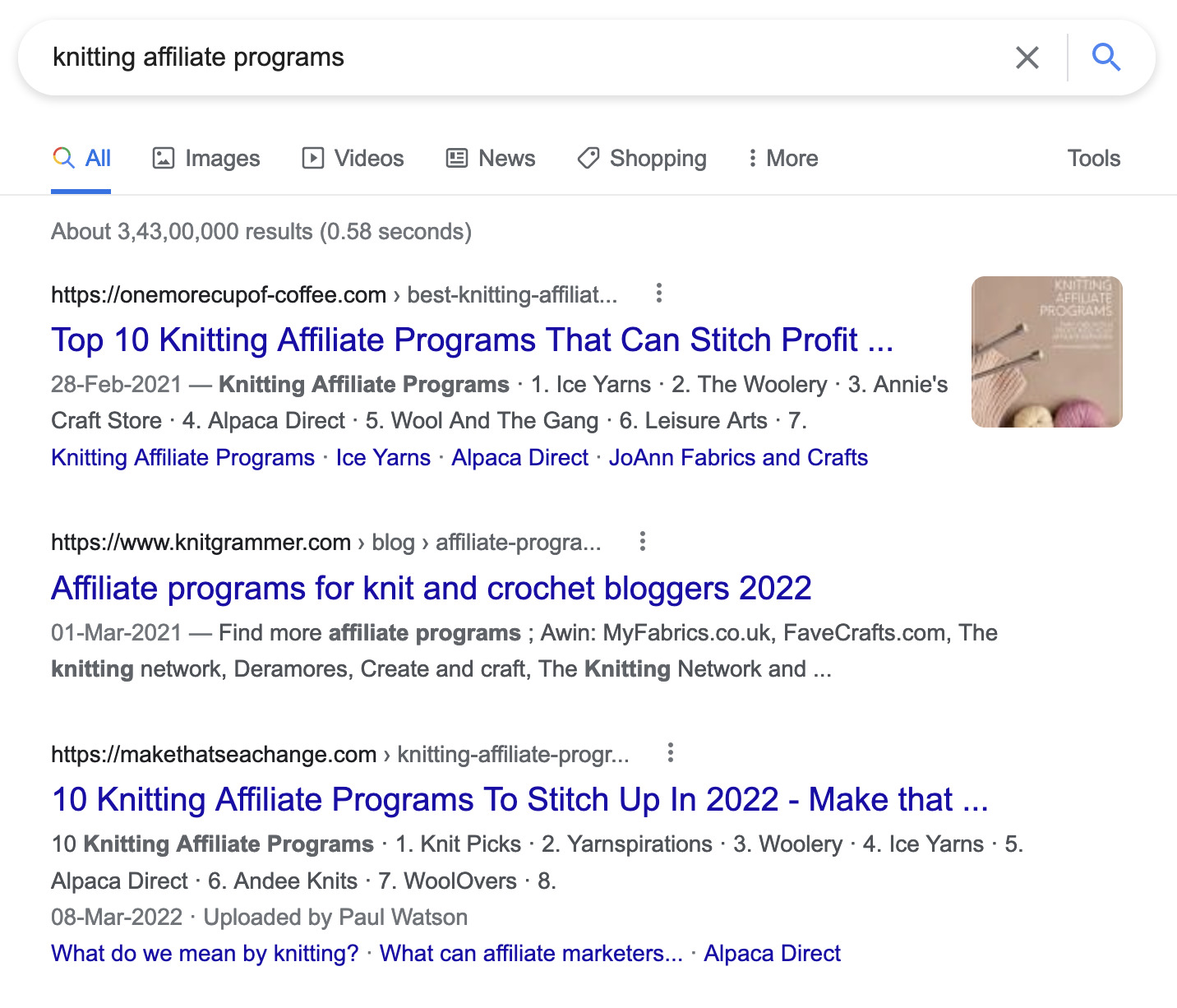
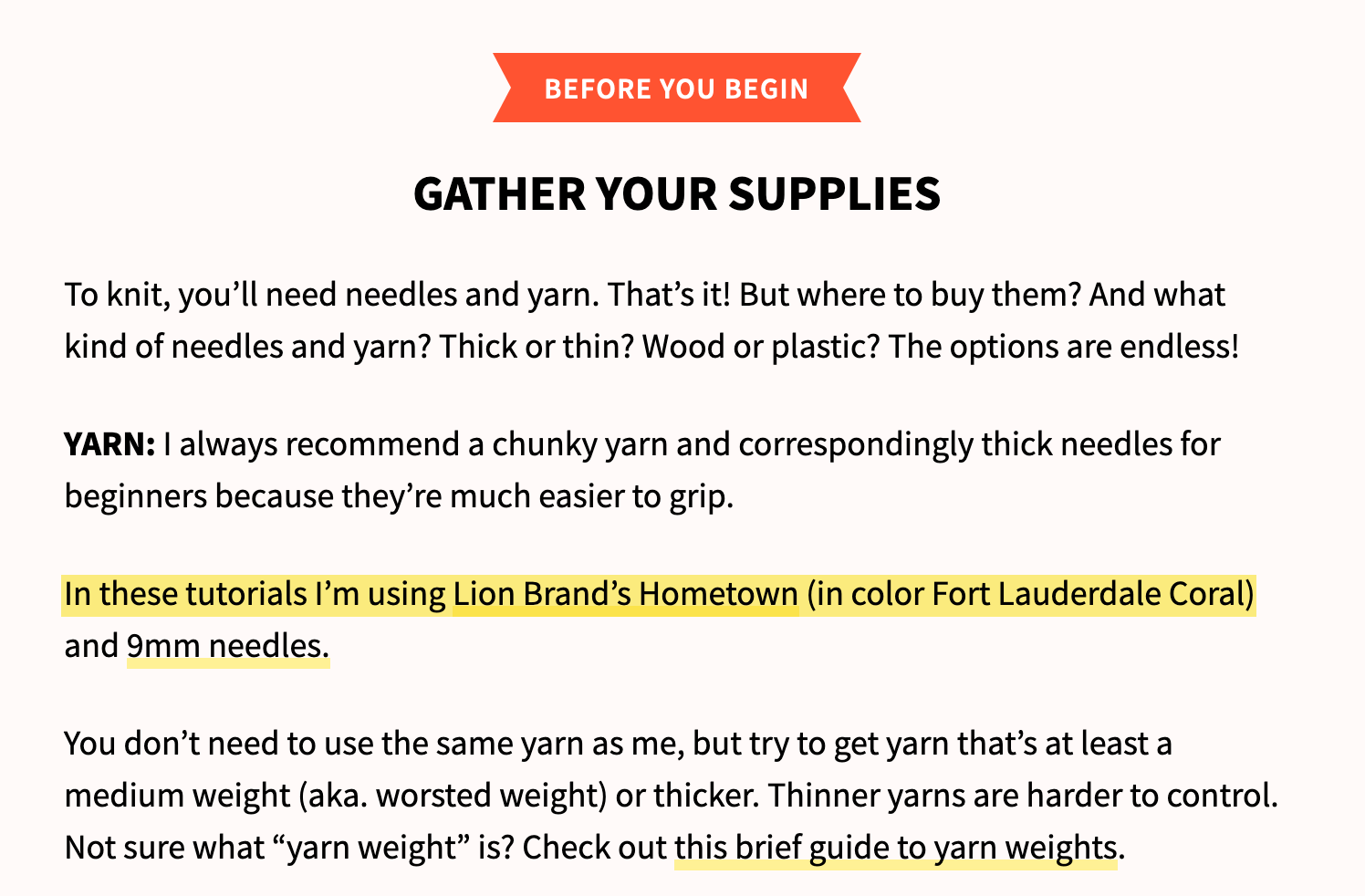
Check the competition
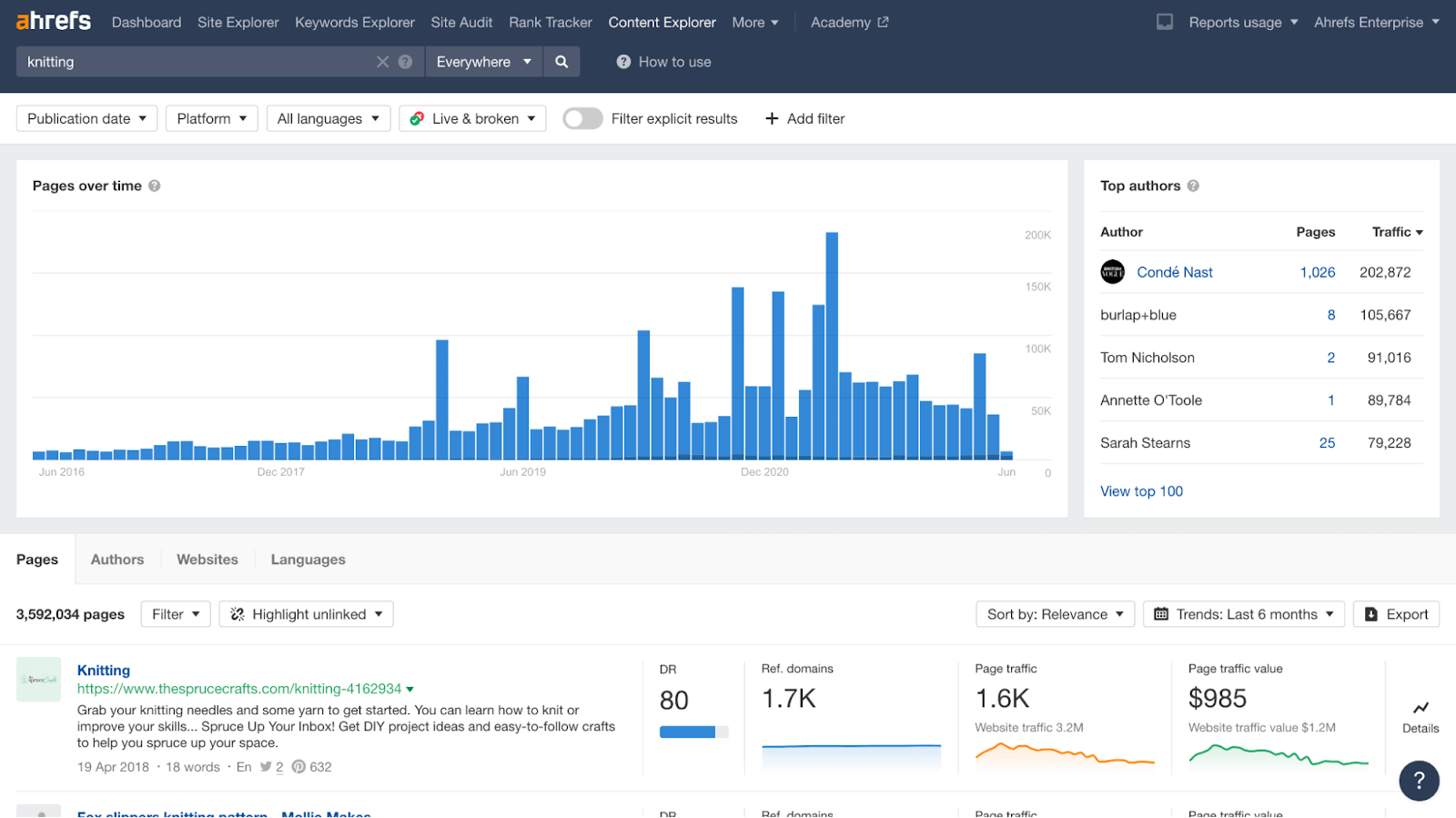

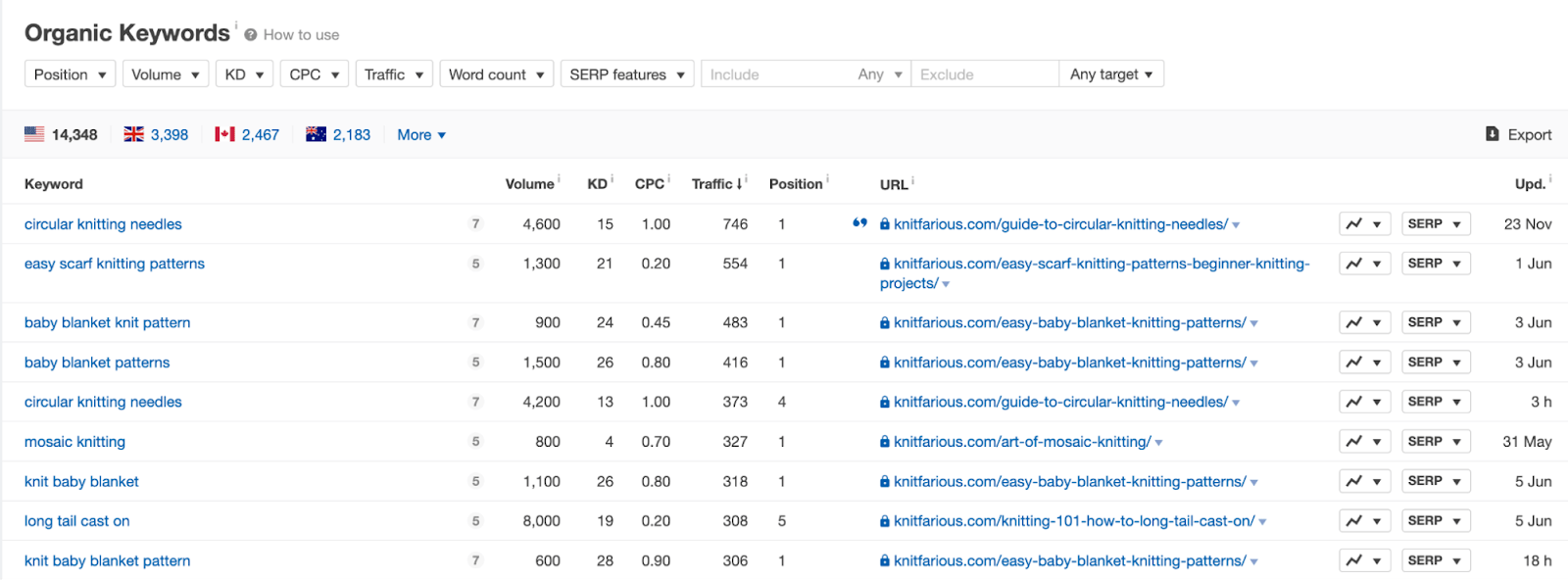
Write what you’re passionate about
Step 2. Develop the right mindset
Step 3. Build credibility


Step 4. Focus on building an email list
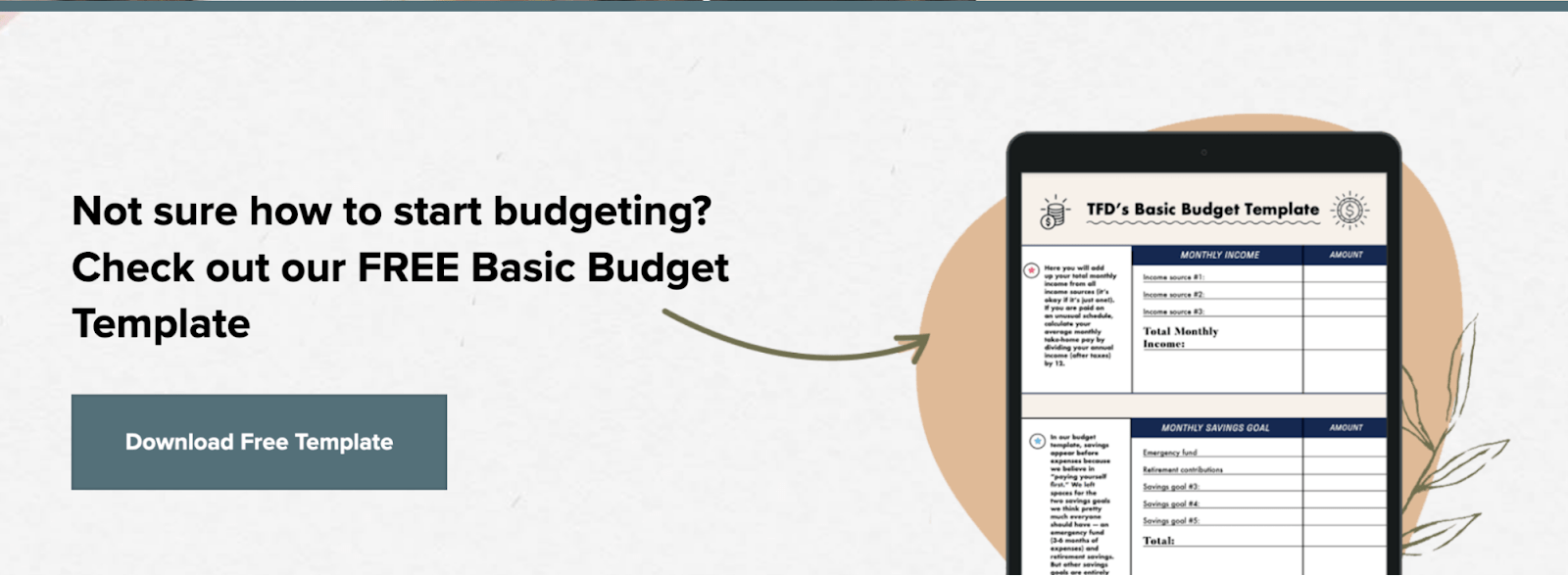
1. Advertising
How do bloggers make money through advertising?
Drawbacks
Most ad platforms give you limited control over the type of advertisements you want to show your readers. Advertisements also hurt the user experience of the reader. This can be minimized by placing the ads in the right places and reducing the number of ads per page. When compared to other monetization methods like affiliate marketing, income from advertising per visitor is the smallest. Featured website – Search Engine Journal
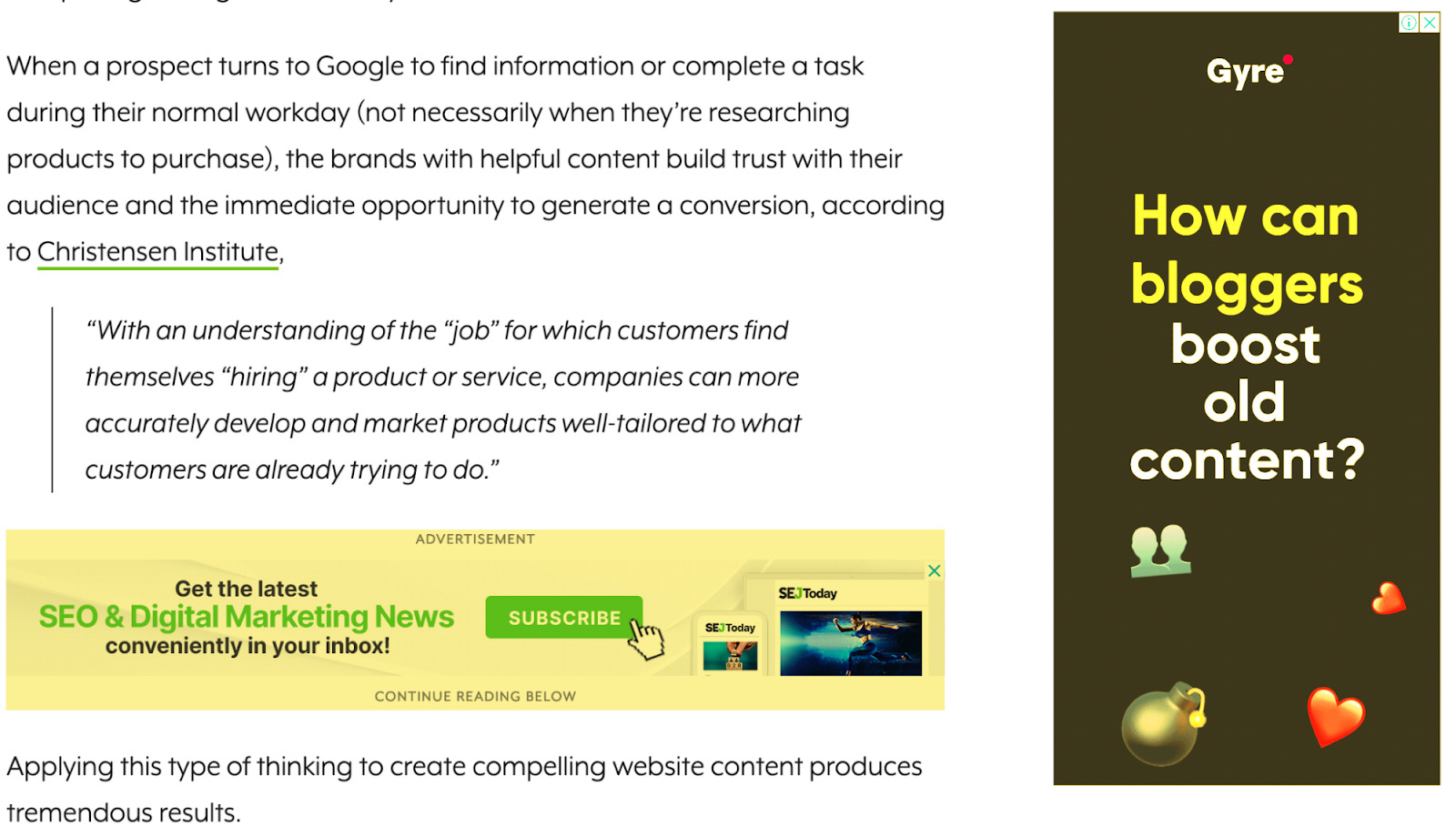
2. Affiliate marketing
How does affiliate marketing work?
Best practices to follow
Featured website – RyRob.com

3. Sponsorships
How do sponsorships work?

Best practices to follow
Be sure to disclose when an article is sponsoredShare your honest feedback when writing a sponsored post/review because it’s not worth losing the trust of your followers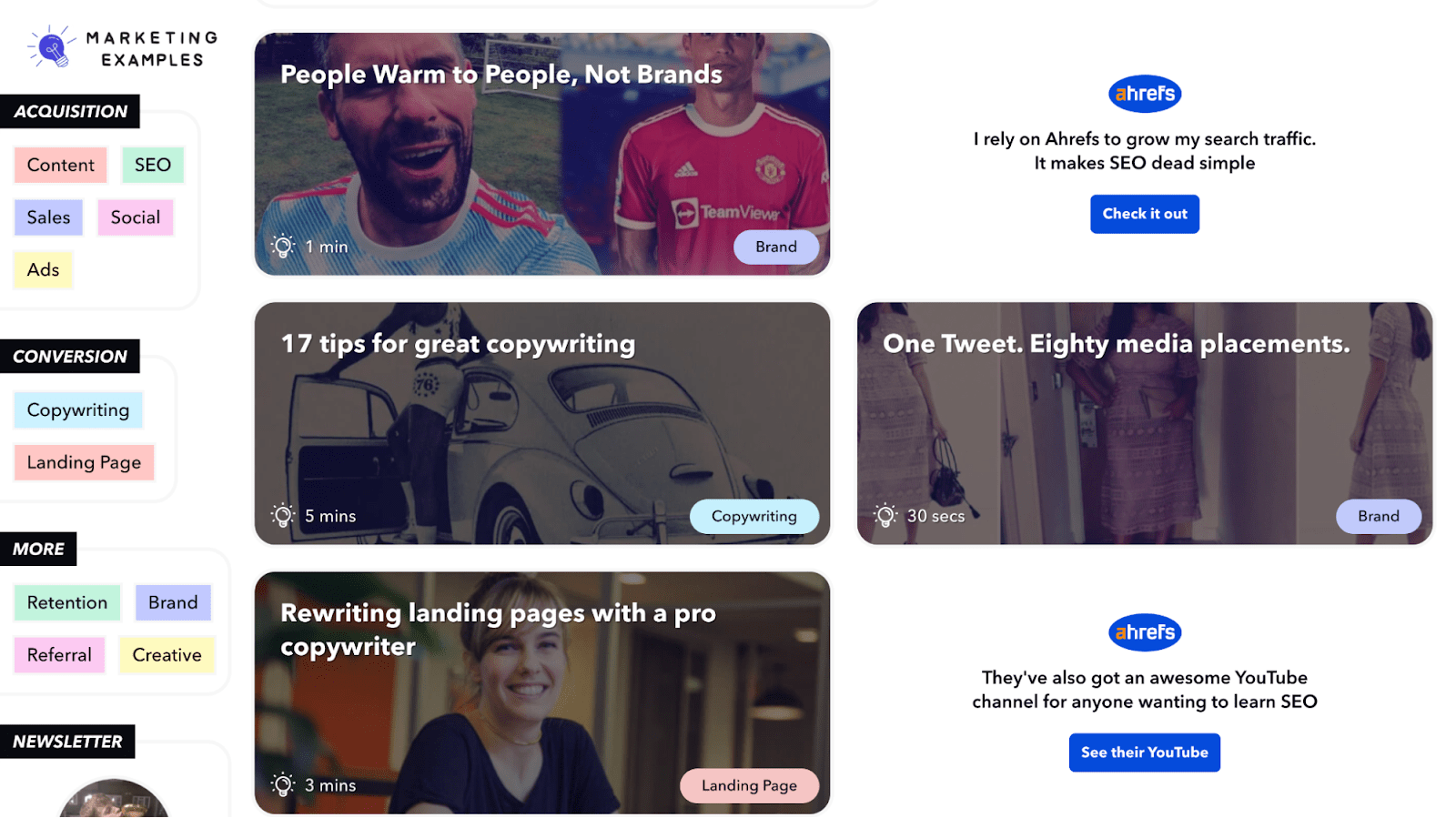
4. Selling digital products
Ebooks
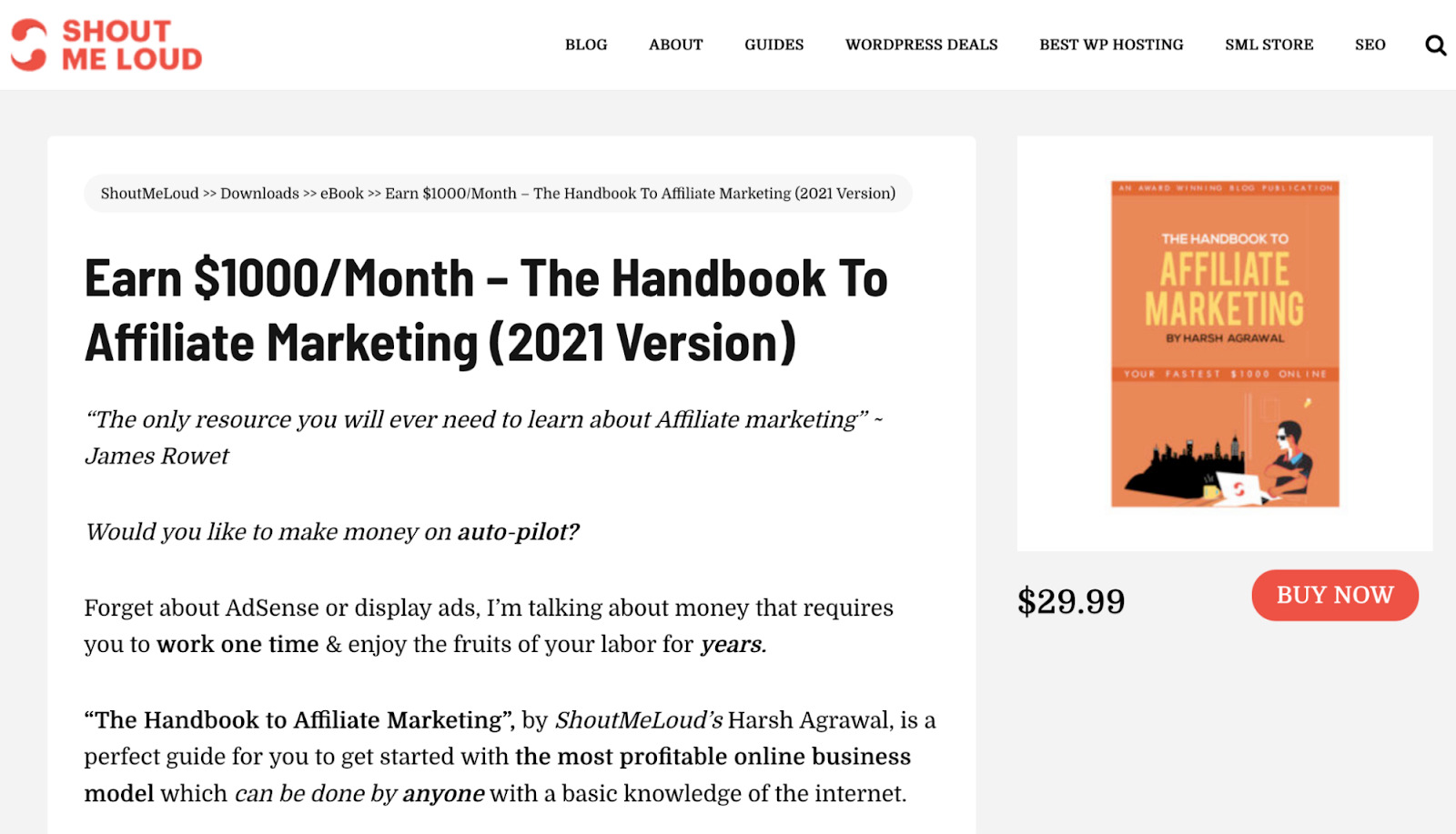
Online and cohort-based courses
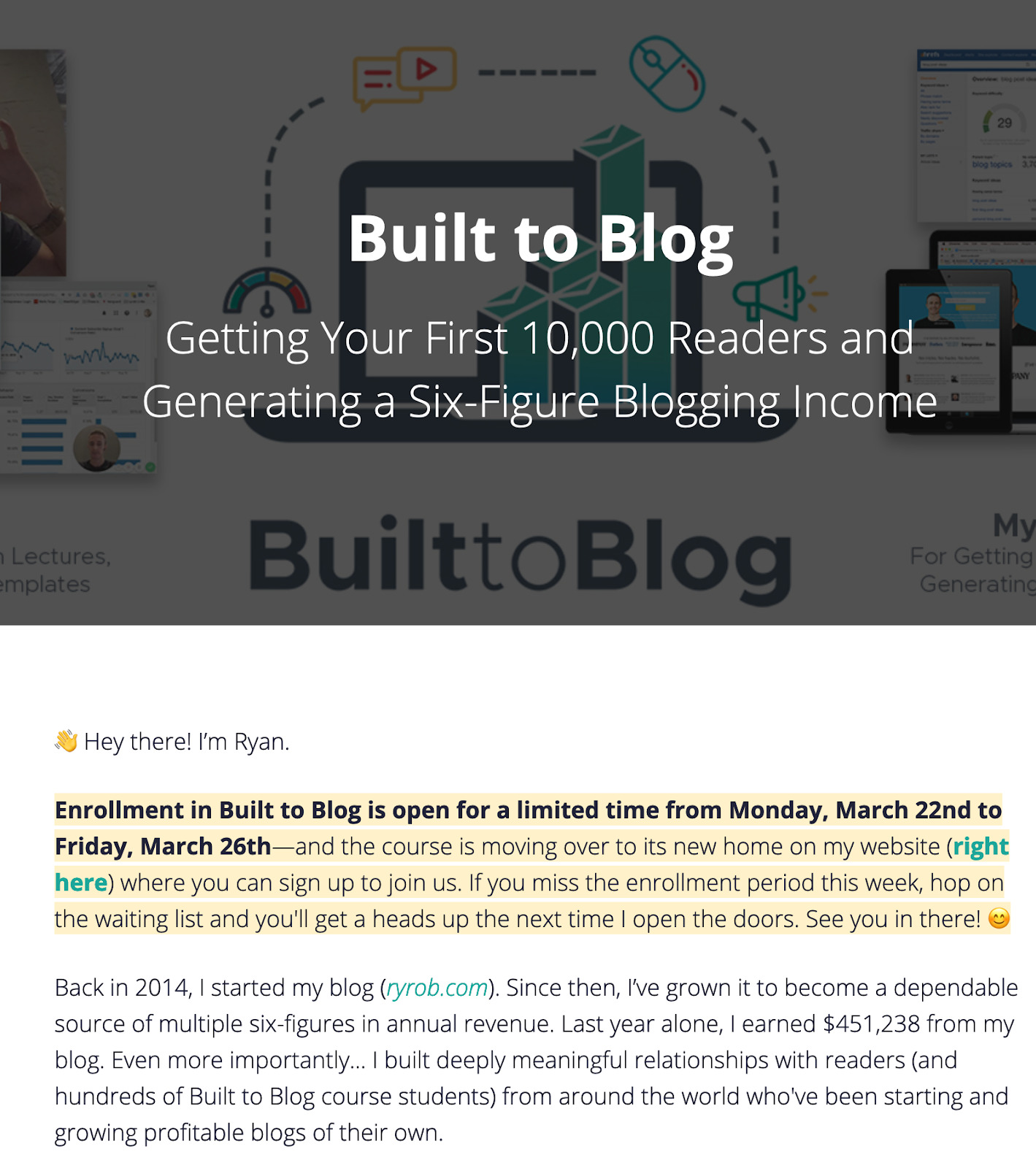
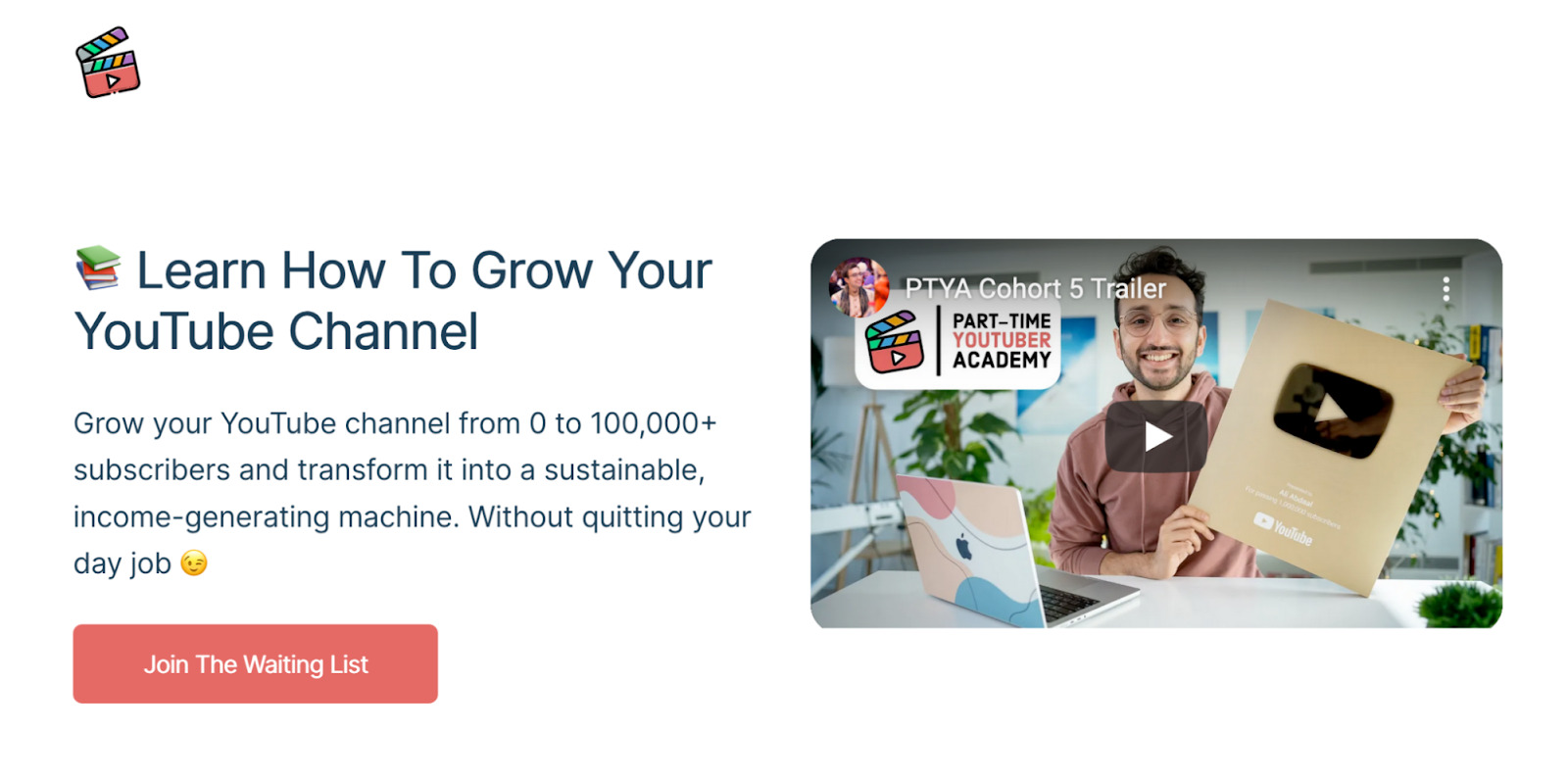
Printables and more
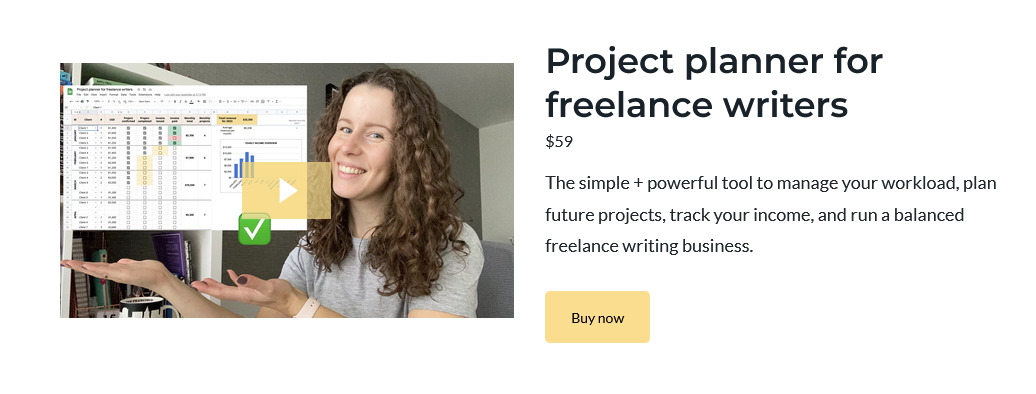
5. Paid communities
Featured community – Peak Freelance

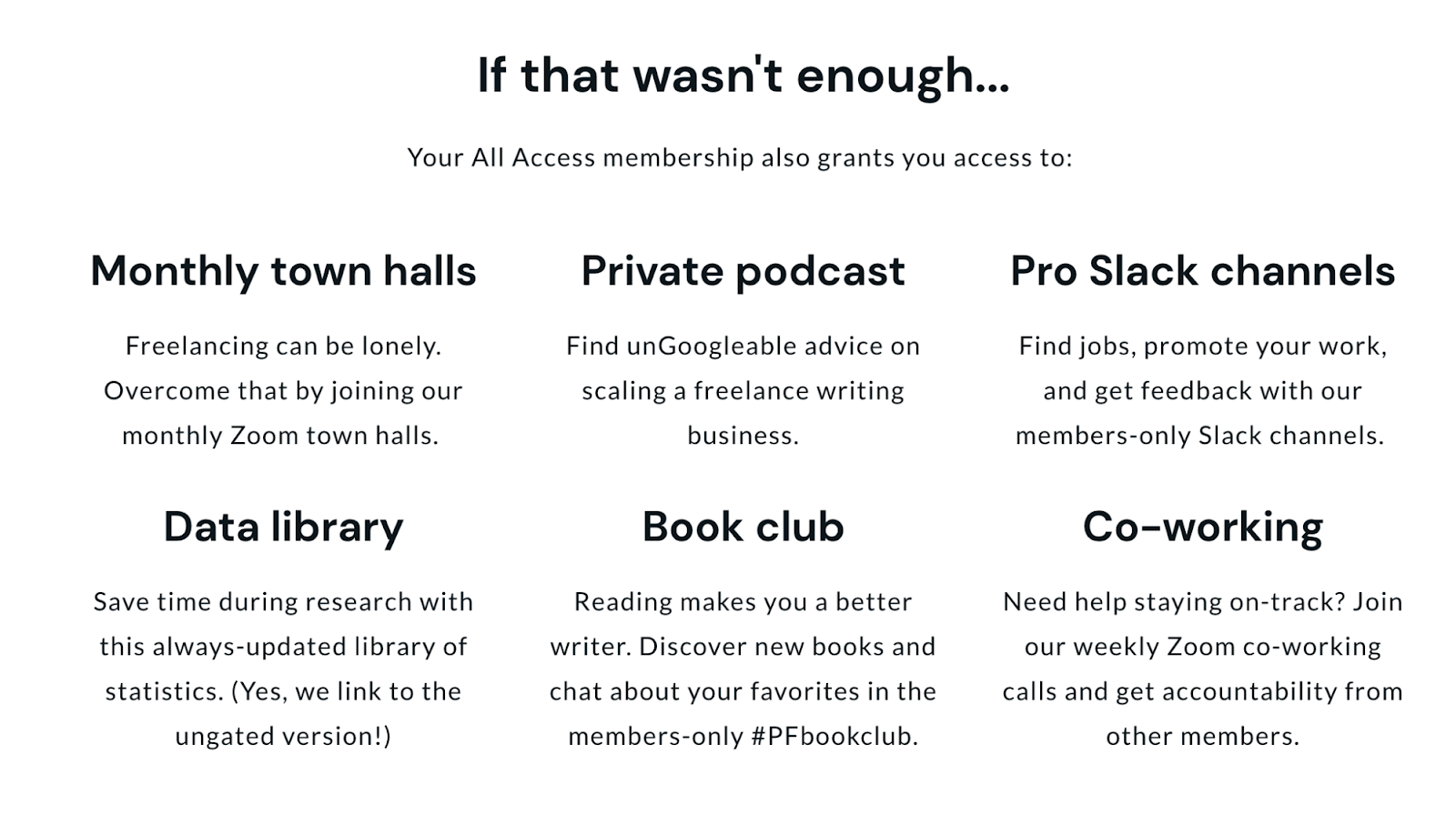
Best practices for starting a paid community
6. Consulting and freelance writing
Key steps to follow

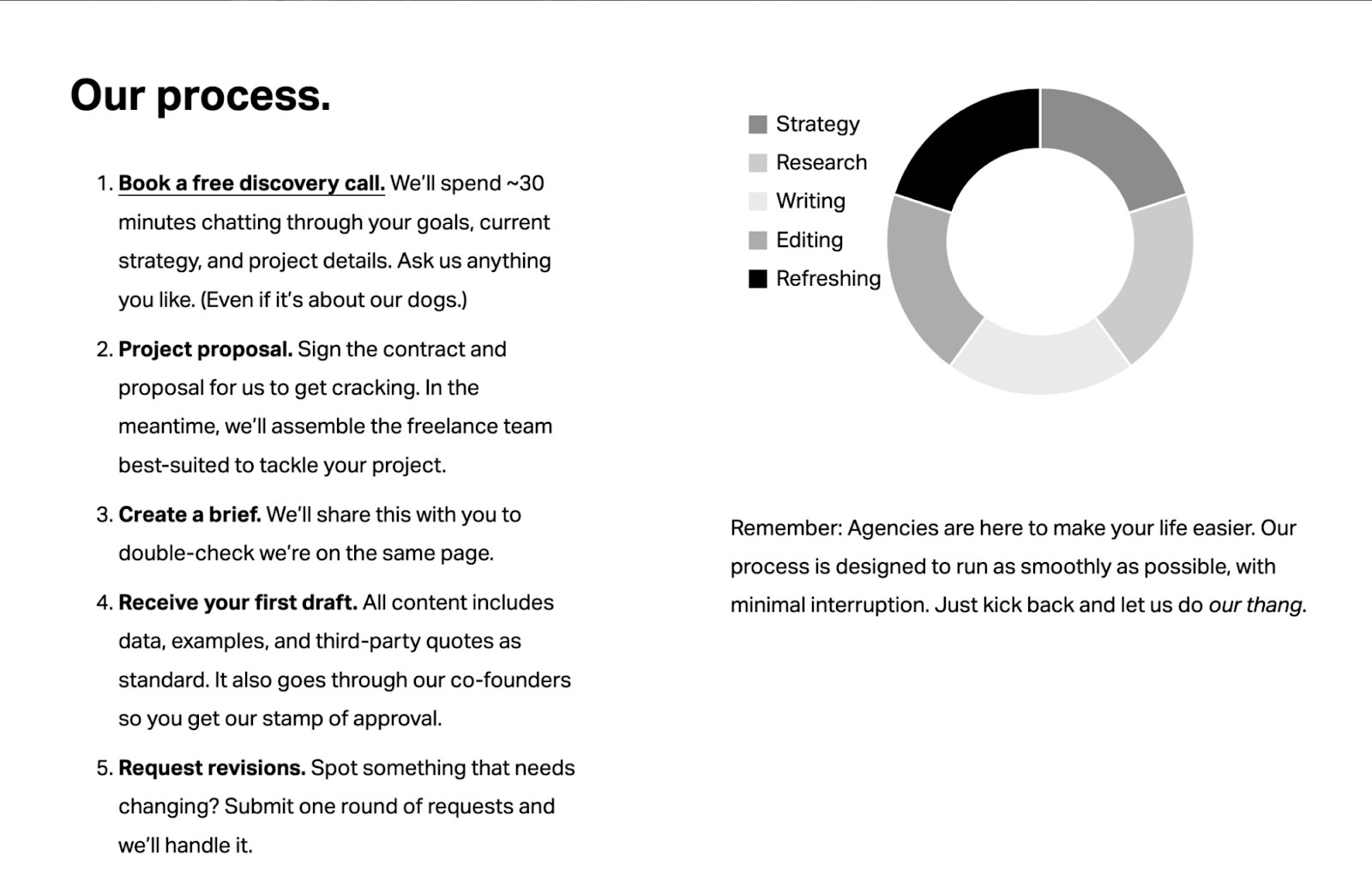
Final thoughts

 Troov
Troov 
































